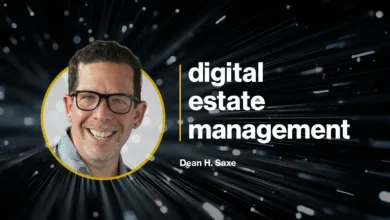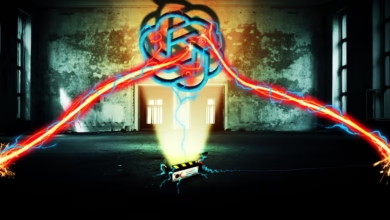Digital Death Cleaning: Declutter Your Online Life

▼ Summary
– Swedish death cleaning involves decluttering possessions before death to avoid burdening survivors, which now includes organizing digital assets.
– Inheriting someone’s digital life can be overwhelming and guilt-inducing, making it important to organize data before the end of life.
– Death cleaning often occurs urgently with parents’ or grandparents’ belongings, which can be frustrating and painful, especially with technology or dementia issues.
– Organizing digital assets should include protecting sensitive information from unintended viewers, not just preserving treasured items.
– Digitizing physical documents and making important files easily accessible helps families manage digital inheritance more effectively.
When Adam Liljenberg assisted his Swedish grandfather with downsizing after his grandmother’s passing, he encountered an unexpected challenge: salvaging precious family photographs from a malware-infected smartphone. This experience highlights a growing concern in our digitally saturated world, what happens to our online presence after we’re gone? Digital death cleaning represents the modern extension of the Swedish döstädning tradition, focusing on organizing and decluttering our digital footprint to prevent overwhelming those who must manage our affairs.
The emotional weight of sorting through a loved one’s digital life often compounds grief, creating situations where survivors feel guilty about deleting files or uncertain about what to preserve. Many people first confront this process during emergency circumstances with aging parents or grandparents, particularly when cognitive decline or limited technological understanding complicates matters.
Professional organizer Tina O’Keeffe, who specializes in working with older adults, emphasizes that digital organization requires personalized approaches. She recalls a terminally ill client who maintained digital mementos from her first marriage that she wished to keep private from her current spouse. Protecting loved ones from unintended discoveries becomes equally important as preserving cherished memories in these situations.
Although we might separate digital and physical possessions in our minds, they frequently intersect during the organization process. Elizabeth Fournier, an Oregon funeral director, advocates for digitizing physical documents whenever possible. “Scanning photographs with identifying information about dates, people, and locations provides tremendous help to family members,” she explains. Fournier stresses the importance of keeping essential documents readily accessible rather than buried in complex digital folder structures, noting that straightforward organization prevents unnecessary frustration during difficult times.
While individual organizational systems will naturally differ, considering four key scenarios can provide a practical framework for approaching digital estate planning:
(Source: Wired)


